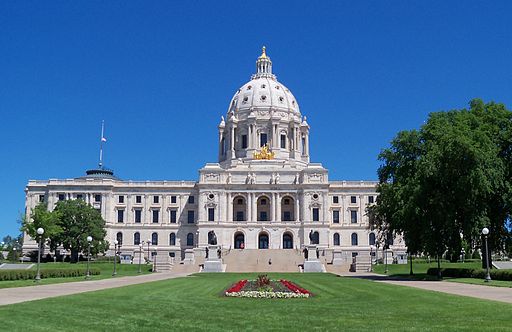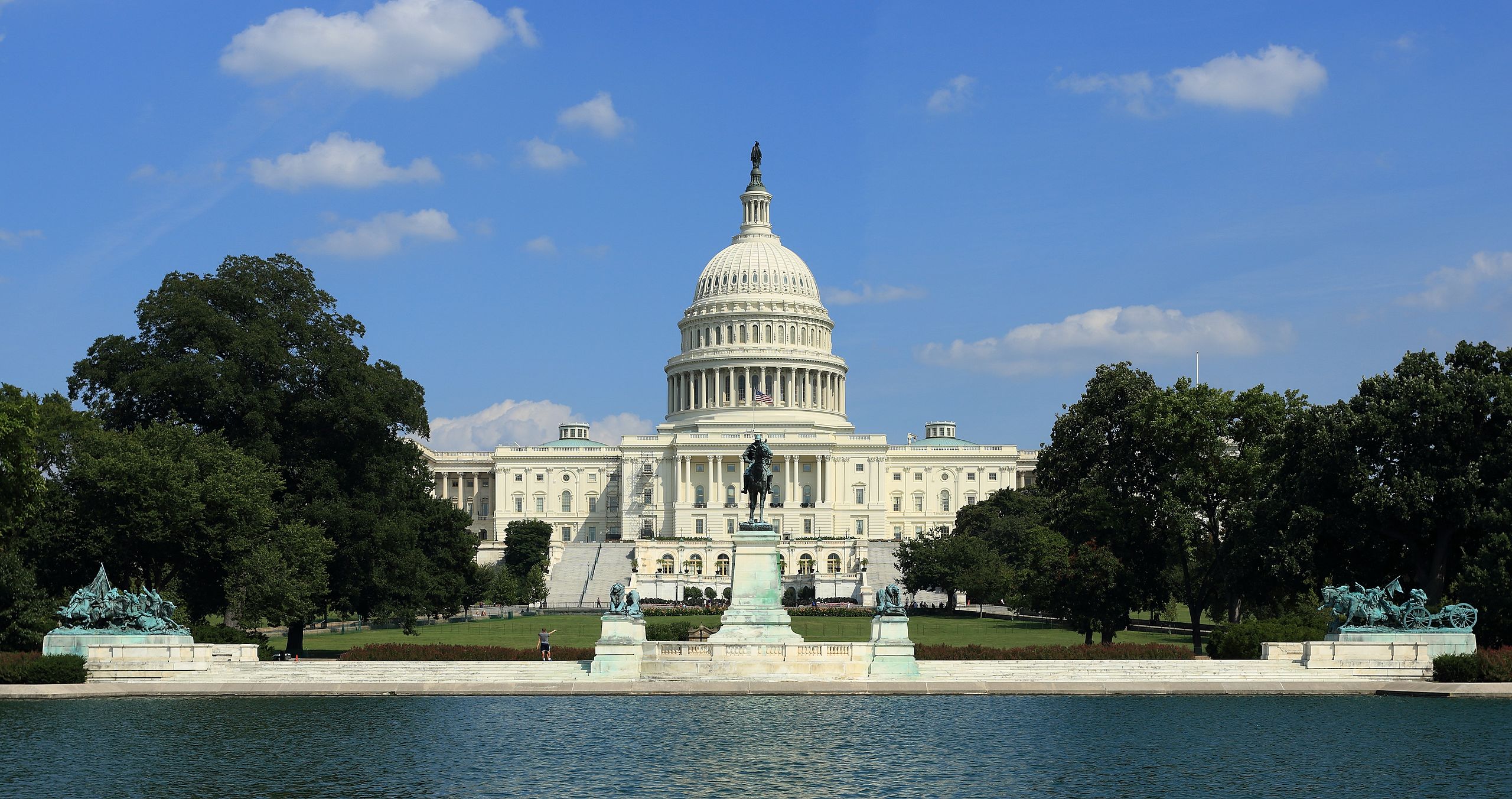Author: David Luchs
-
Fourteen candidates are running for six seats on the Onaway Area Community School Board in Michigan
Fourteen candidates are running for six seats on the seven-member Onaway Area Community School Board in Michigan on Nov. 5, 2024. Eight candidates are running for three full six-year terms. Incumbents James Rieger and Lorrie Kowalski and challengers Kathleen Christian, James Gibson, John Kaszonyi, Tom Moran, Stacey Porter and Taed T.A. Price are on the…
-
Seven candidates are running for four seats on the Cobb County School Board in Georgia

Seven candidates are running for four seats on the Cobb County School District school board in Georgia on Nov. 5, 2024. Republicans hold a 4-3 majority on the seven-member board. Democratic incumbent Leroy Tre Hutchins (D) is running unopposed in District 3. The other three districts up for election each have Republican incumbents, one of…
-
Vermont Senate veto-proof supermajority on the line in Nov. 5 elections

Elections for the Vermont State Senate will take place in 2024. The general election is on Nov. 5, 2024. The primary was Aug. 13, 2024. The filing deadline was May 30, 2024. All 30 seats are up for election. Democrats hold 21 seats and Republicans hold seven. Vermont is one of 29 states where one…
-
Vermont House veto-proof supermajorty on the line in Nov. 5 elections

Elections for the Vermont House of Representatives will take place in 2024. The general election is on Nov. 5, 2024. The primary was Aug. 13, 2024. The filing deadline was May 30, 2024. All 150 seats are up for election. Democrats hold 107 seats and Republicans hold 37. Vermont is one of 29 states where one party has large…
-
All 110 seats in the Michigan House of Representatives are up for election this year

Elections for the Michigan House of Representatives will take place in 2024. The general election is on Nov. 5, 2024. The primary was Aug. 6, 2024. The filing deadline was Apr. 23, 2024. All 110 seats are up for election. Democrats hold 56 seats and Republicans hold 54. If Republicans gain more than one seat,…
-
All 40 seats in the Alaska House of Representatives are up for election this year

Elections for all 40 seats in the Alaska House of Representatives are taking place on Nov. 5, 2024. Ballotpedia identified elections in 15 districts as battleground elections. Members of the Alaska House have formed multipartisan majority coalitions including both Democrats and Republicans after every election since 2016. Although Republicans won a majority of seats in…
-
Incumbent Suzy Lopez (R) and Andrew Warren (D) are running in the general election for state attorney in Hillsborough County, Florida
Incumbent Suzy Lopez (R) and Andrew Warren (D) are running in the general election for Hillsborough County State Attorney in Florida on Nov. 5, 2024. The election is taking place after Gov. Ron DeSantis (R) removed Warren from office in August 2022 and appointed Lopez in his place. DeSantis suspended Warren after Warren signed a pledge…
-
Ann Johnson Stewart (D) and Kathleen Fowke (R) are running in the special election for Minnesota State Senate District 45

Ann Johnson Stewart (D) and Kathleen Fowke (R) are running in the special election for Minnesota State Senate District 45 on Nov. 5, 2024. The election is taking place because Kelly Morrison (D) resigned to run for U.S. House, leaving control of the Senate split 33-33. Minnesota state senators are elected to four-year terms in…
-
Incumbent Mary Peltola (D), Eric Hafner (D), Nicholas Begich (R), and John Howe (Alaskan Independence Party) are running in the general election for U.S. House of Representatives in Alaska

Incumbent Mary Peltola (D), Eric Hafner (D), Nicholas Begich (R), and John Howe (Alaskan Independence Party) are running in the general election for U.S. House of Representatives in Alaska on Nov. 5, 2024. Peltola and Begich lead in polling, fundraising, and local media attention. Peltola defeated Begich and Sarah Palin (R) in a special election…
-
Ruben Gallego (D), Kari Lake (R), and Eduardo Quintana (G) are running in the general election for U.S. Senate in Arizona

Ruben Gallego (D), Kari Lake (R), and Eduardo Quintana (G) are running in the general election for United States Senate in Arizona on Nov. 5, 2024. Political observers including Simone Pathe of CNN, Jonathan Weisman of The New York Times, Sara Dorn of Forbes, and Lucas Wright of USA Today say this election will be…

